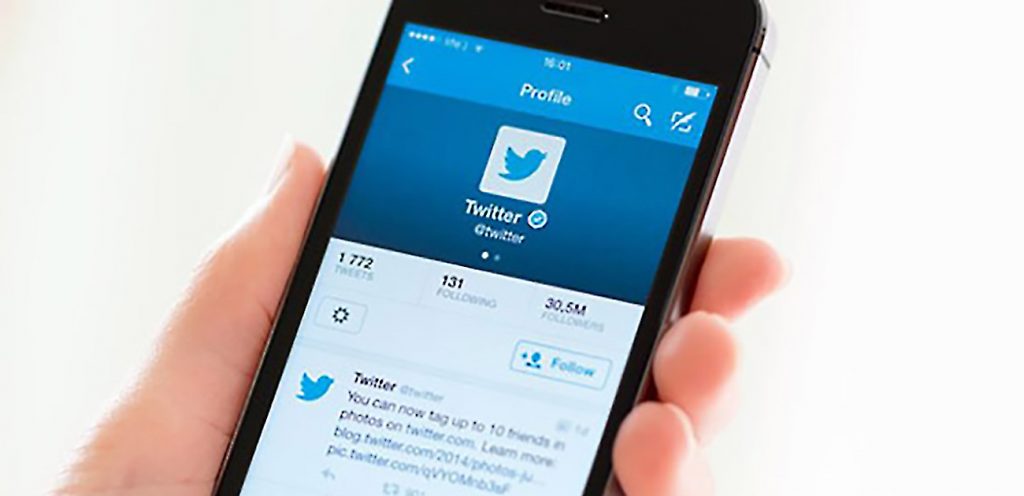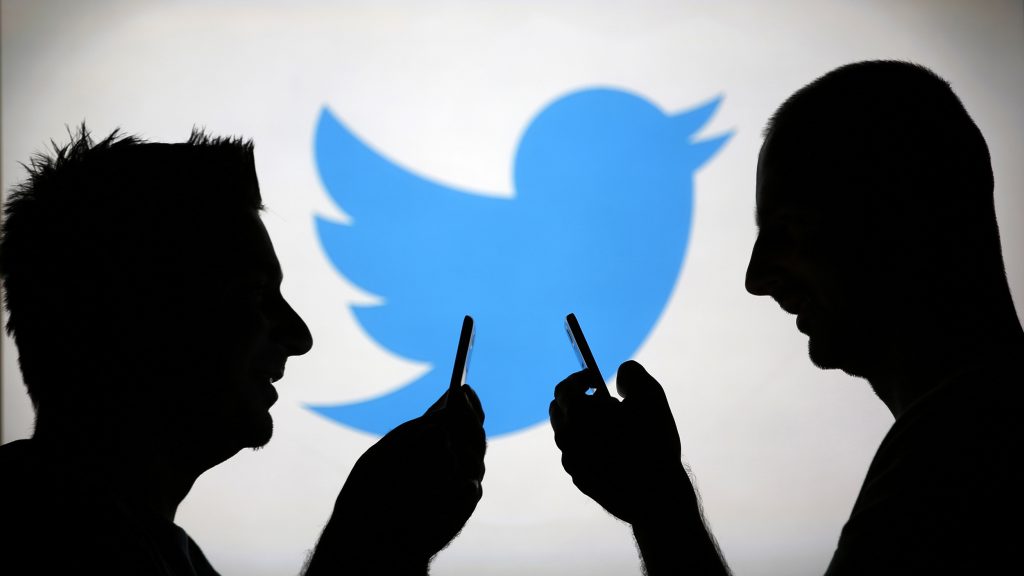 In our unique way of three’s we’ve now covered two social media platforms – Instagram and Facebook. We’ll most probably be covering two more social media platforms from here on out. The latest series, which starts today, is that of Twitter. However, the thing with leveraging social media for your business is that various platforms should be targeted in an integrated manner. This means that you shouldn’t only focus on one social media platform but more than one at the same time.
In our unique way of three’s we’ve now covered two social media platforms – Instagram and Facebook. We’ll most probably be covering two more social media platforms from here on out. The latest series, which starts today, is that of Twitter. However, the thing with leveraging social media for your business is that various platforms should be targeted in an integrated manner. This means that you shouldn’t only focus on one social media platform but more than one at the same time.
For example, whatever benefit Facebook will bring you will be more than doubled if you integrate another social media platform into your social media strategy. Furthermore, if you add a third and utilise all three synergistically, you’ll end up seeing exponential growth in your overall social media following. This is the primary reason why we’re focusing on all the relevant social media platforms one by one. That reminds us, we better start talking about the target social media platform – Twitter – or we’ll start running out of space.
Twitter Strategy for Business Step 1: Understanding How Twitter Is Unique
 The primary reason why using multiple social media platforms allows for exponential results is that they’re all different. In fact, every social media platform has unique characteristics. These unique characteristics complement and supplement each other to a point where the sum is greater than its individual parts. So, the big question is what is Twitter’s unique characteristic.
The primary reason why using multiple social media platforms allows for exponential results is that they’re all different. In fact, every social media platform has unique characteristics. These unique characteristics complement and supplement each other to a point where the sum is greater than its individual parts. So, the big question is what is Twitter’s unique characteristic.
Twitter is all about interaction and engagement. In crasser terms, Twitter is about chats and conversations. This basic element will be at the heart of everything you do on Twitter. If you put up text based updates, then they’ll be inviting responses. If you’re going to put up infographics, then they’ll be built in a way to elicit reactions. So long as you remember this basic characteristic of Twitter, you can create a Twitter strategy for business goals of any type including broadcasting, driving engagement, encouraging interaction, branding, or even basic networking.
Twitter Strategy for Business Step 2: Define Tangible Goals and Set Up a Monitoring System
 Research has shown that the majority of businesses on Twitter don’t have tangible goals and objectives. Most of them just join up Twitter to broadcast generic content. While these businesses do manage to garner some following, they aren’t really getting the most out of this incredibly convenient social media platform. Even worse is the statistic that more than a third of businesses using Twitter don’t have any idea whether their efforts are working or not.
Research has shown that the majority of businesses on Twitter don’t have tangible goals and objectives. Most of them just join up Twitter to broadcast generic content. While these businesses do manage to garner some following, they aren’t really getting the most out of this incredibly convenient social media platform. Even worse is the statistic that more than a third of businesses using Twitter don’t have any idea whether their efforts are working or not.
Either of these is a sign of a company not strategising. If you’re looking to create a Twitter strategy for business, then you’re already bucking the aforementioned trend because creating a strategy requires defining tangible goals and then setting up a system to track the progress of those goals.
The trick to establishing tangible goals is to start with intangible ones. You need to establish your business’s primary objective for creating a Twitter handle. It could be any number of things including networking, traffic generation, lead generation, customer engagement, and branding. With those intangible goals in mind, it’ll become easier for you to establish tangible goals i.e. statistics based goals. Setting up progress tracking is very easy after you have tangible goals as well.
Twitter Strategy for Business Step 3: Plan Three Months In Advance & Create an Update Calendar
 Making a Twitter strategy for business will enable you to plan your efforts on the platform in advance. Ideally, you should be creating milestones on your aforementioned goals and then planning the steps required to achieve them within the determined time span.
Making a Twitter strategy for business will enable you to plan your efforts on the platform in advance. Ideally, you should be creating milestones on your aforementioned goals and then planning the steps required to achieve them within the determined time span.
For instance, if you want to hit 100 followers on Twitter in a month, then you can define each and every step you need to take in that month to reach that goal. In the same scenario, you can set your first tweet to be the starting point. After that you can create an update calendar where you define each and every one of your tweets in advance. Similarly, you can set aside the last five days or even the week to review your efforts.
The point is to plan in advance so that you know what you need to do to hit your targets. Planning will also give your efforts a structure and give you a sense of control over the entire process as opposed to a situation where you and your team are running around like headless chickens all over the internet for the right type of content because you don’t know what you can tweet next.
Twitter Strategy for Business Step 4: Converse Don’t Broadcast
 Like we mentioned above, Twitter is all about conversation. You use various content types to chat up other Twitter users to a point that they end up following you. It requires intense focus but it can be rewarding in the end. While this doesn’t mean that you should avoid broadcasting type of content, it does mean that you should focus on conversation centric updates far more than broadcast types.
Like we mentioned above, Twitter is all about conversation. You use various content types to chat up other Twitter users to a point that they end up following you. It requires intense focus but it can be rewarding in the end. While this doesn’t mean that you should avoid broadcasting type of content, it does mean that you should focus on conversation centric updates far more than broadcast types.
For example, if you’re launching a new product, instead of saying “here is our new xyz with special Wi-Fi” you say something similar to “what do you think of our new Wi-Fi enabled xyz”. There is a difference between the two. A user will read the first one and move on while the second one may end up prompting the same user to put in a quick comment. Since that comment is what you need most, the latter is the better option.
Twitter Strategy for Business Step 5: Pick and Choose Trends to Focus On
 Trends are a major component of Twitter. There are always a few hashtags and subjects that are trending on it. These trends and subjects are typically based around popular events. This means that festivals, birthdays, anniversaries, and other big events are also trending on Twitter. You’ll never be able to use all the trends to your advantage but you will be able to ride the wave of a few.
Trends are a major component of Twitter. There are always a few hashtags and subjects that are trending on it. These trends and subjects are typically based around popular events. This means that festivals, birthdays, anniversaries, and other big events are also trending on Twitter. You’ll never be able to use all the trends to your advantage but you will be able to ride the wave of a few.
The best way of doing this is to pick and choose famous events and then focus on them. A good example of this would be regional festivals. The primary festival in most Christian countries is, of course, Christmas while in Asian countries major festivals vary from one country to another but include the Spring Festival in China, Diwali in India, and the Tet Holiday in Vietnam. Depending on what your business is about and which region you operate in the relevance of these events will vary. Therefore, it is advisable to go through the calendar and pick the best options.
Twitter Strategy for Business Step 6: Incorporate Twitter Chats into Your Strategy
 On Twitter, it isn’t just about getting followers. It’s also about getting those followers to tweet at you, retweet your tweets, and even favourite your tweets. This is, by far, the most difficult aspect of trying to leverage Twitter for your business. Because it is so difficult, it would be a good idea for you to incorporate a component that would allow you to do this into your overall Twitter strategy for business.
On Twitter, it isn’t just about getting followers. It’s also about getting those followers to tweet at you, retweet your tweets, and even favourite your tweets. This is, by far, the most difficult aspect of trying to leverage Twitter for your business. Because it is so difficult, it would be a good idea for you to incorporate a component that would allow you to do this into your overall Twitter strategy for business.
The component best suited for this is Twitter Chats. Twitter Chats are, in a way, still untapped. Only the experts use it to generate a following. Twitter Chats are, essentially, like groups on Twitter. They’re different from generic Twitter because they mainly have active users. Effectively, if you want active users, then you need to join a Twitter Chat that is relevant to your industry. If there isn’t one already, then you need to create one, invite lots of relevant members, and then make use of it.
Leave a Reply